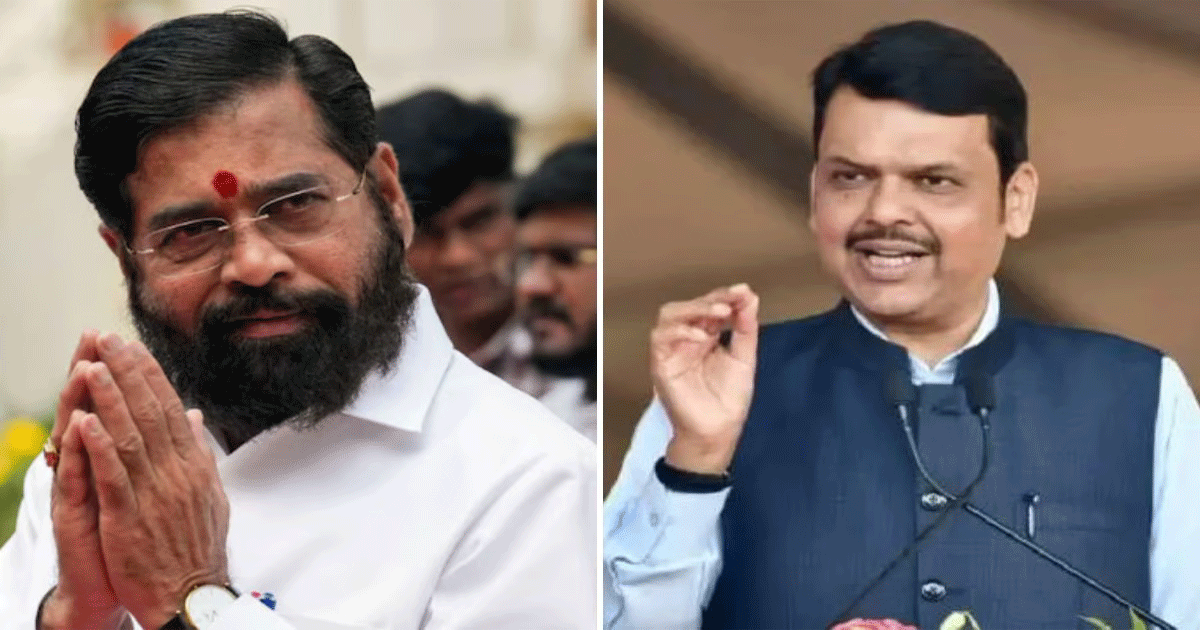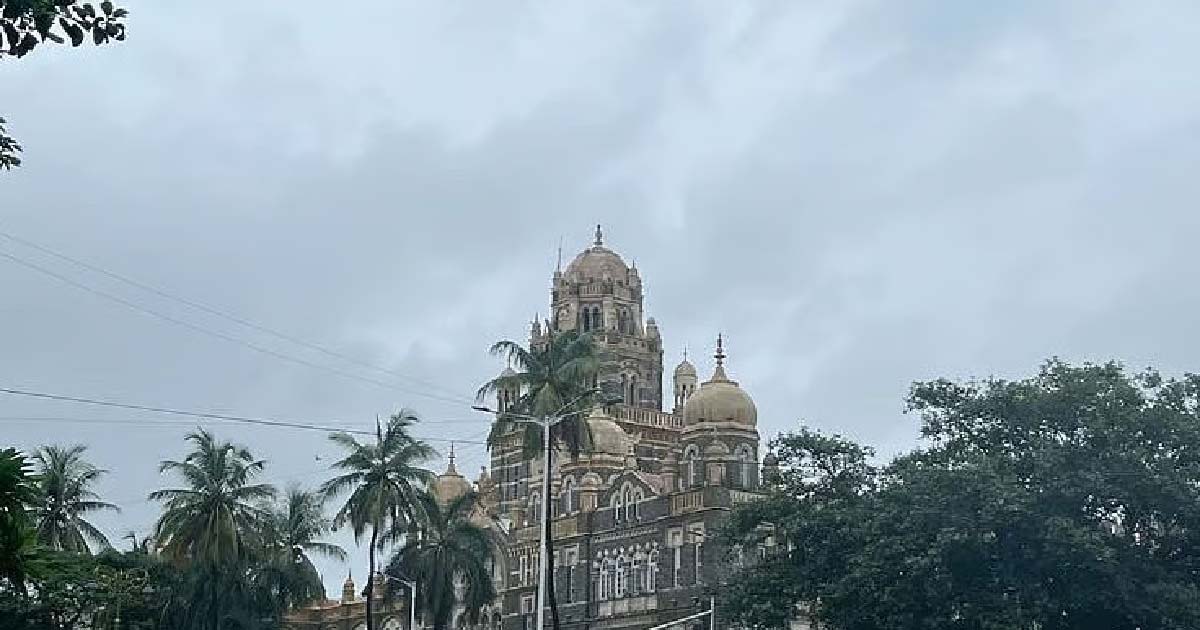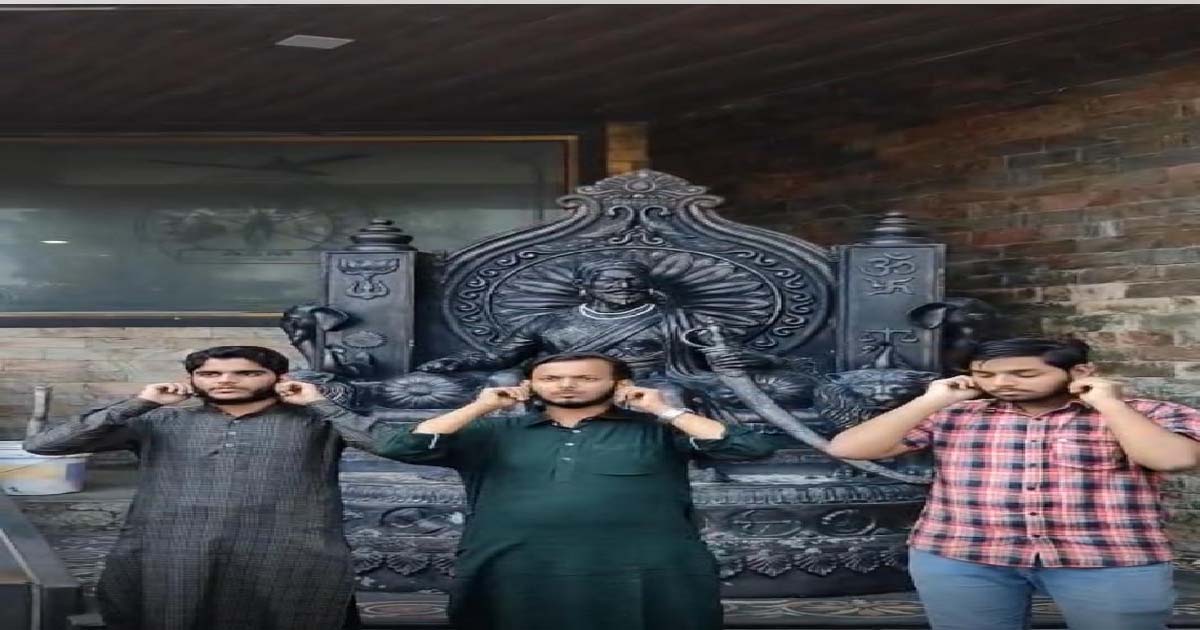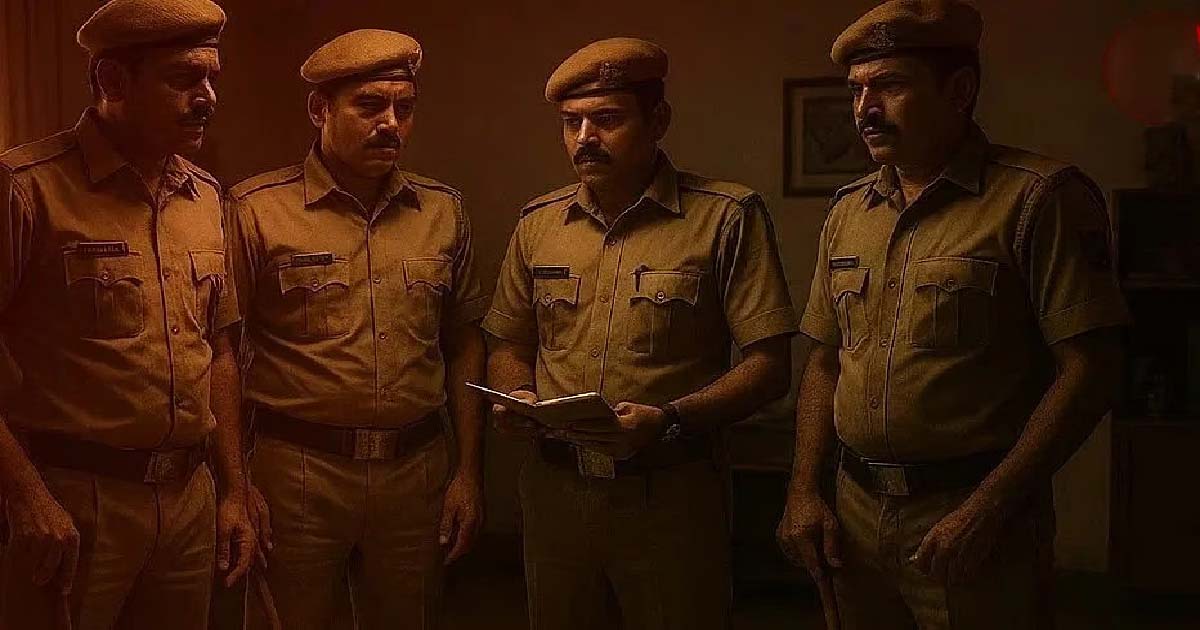Maharashtra
Maharashtra Elections Results 2024: With Only 48 Hours To Go, Who Will Be State’s New Chief Minister?

Mumbai: Maharashtra’s political stage is once again pulsating with anticipation. Within the next 48 hours, either Devendra Fadnavis or Eknath Shinde is expected to take the oath of office. However, there are several imponderables. While the Rashtriya Swayamsevak Sangh (RSS) will nominate Fadnavis with eyes shut, Shinde’s claim is buttressed by his remarkable electoral success and coalition dynamics, it gets further reinforced by the caste factor.
The RSS Factor
Fadnavis, a staunch RSS loyalist and the BJP’s golden boy from Nagpur, is the obvious frontrunner. Known for his administrative acumen and clean image, he aligns perfectly with the Sangh’s ideology. For the RSS, Fadnavis symbolizes continuity and trust—qualities vital for navigating Maharashtra’s volatile political terrain. Yet, his path to the CM’s chair isn’t obstacle-free.
The BJP leadership fears that appointing a Brahmin Chief Minister might alienate the electorally critical OBC and Maratha communities. Moreover, sidelining Eknath Shinde could be precarious for the coalition and undo the effort to dismantle Uddhav Thackeray’s Shiv Sena.
Stubborn Shinde
Eknath Shinde, who has helmed the government for the past two years, remains unwilling to cede power. His camp credits the alliance’s electoral success to initiatives like the “Mukhyamantri Majhi Ladki Bahin” scheme. Supporters argue that Shinde deserves to retain the top job, with Deepak Kesarkar emphatically stating, “This election was fought under Shinde’s leadership—he deserves the chair.”
A recent rally at Varsha Bungalow saw workers chanting Shinde’s name, almost egging him to hold his nerve and ground. For the BJP, alienating Shinde could create unnecessary irritants, which could put in jeopardy the crucial BMC trophy – Maharashtra’s Crown Jewel.
BMC Trophy
The BMC elections are the hidden undercurrent driving this power struggle. With an annual budget exceeding Rs 59,000 crore, control of the civic body is a political and financial lifeline. Wresting it from UBT Sena is a top priority for the BJP. Shinde’s understanding of the workings of UBT Sena and his faction’s stronghold in Mumbai — bolstered by his Maratha identity — could be invaluable in achieving this goal. Retaining Shinde as CM, at least temporarily, might be a calculated move to wrest control of the BMC. However, this strategy is fraught with risks. Ajit Pawar’s NCP faction reportedly finds Fadnavis a more dependable ally, hinting at potential strains within the alliance if Shinde remains at the helm.
A Complex Balancing Act
Balancing Act For the BJP, the choice isn’t just about naming the next Chief Minister. It’s a complex balancing act—appeasing the RSS, retaining Shinde’s loyalty, maintaining coalition harmony, and addressing caste dynamics. Both Shinde and Fadnavis have reportedly been summoned to Delhi for final consultations with Amit Shah and the BJP leadership. Changing the CM now could help showcase the BJP as a decisive, meritocratic party. But it risks undermining its image as a reliable coalition partner. With the BMC elections on the horizon, any perception of instability could prove politically costly.
Road Ahead the BJP faces a pivotal decision: prioritize long-term stability and ideological alignment with Fadnavis, or opt for short-term pragmatism by keeping Shinde in power. The RSS’s preference for Fadnavis might tip the scales, but sidelining Shinde could backfire. A potential compromise—keeping Shinde as CM while giving Fadnavis a stronger behind-thescenes role—could provide a temporary resolution. However, such a formula would require meticulous management to avoid factional rifts.
Final Countdown As the swearing-in approaches, the suspense remains pulsating. In a state where caste, coalition politics, and civic ambitions intersect, the identity of the next Chief Minister is far from a foregone conclusion. Whether it’s Fadnavis, the Sangh’s favorite, or Shinde, the Maratha tactician, Maharashtra is poised for another dramatic twist. One thing is certain: in this game of thrones, “lock kiya jaye” won’t come easy.
Maharashtra
Winter rains expected in the state, alert issued in three districts

Mumbai: The weather in the state is constantly changing. Now after the severe cold, the Indian Meteorological Department has given a major warning of direct rain. The state is currently facing favorable weather for rain.
The state has been experiencing cold and temperature in the last few days. The mercury is continuously falling. Pune is experiencing severe cold, Punekar is facing pink cold due to the drop in temperature. Not only Pune, many parts of the state are experiencing severe cold and cold winds are blowing from the north. North India is experiencing severe cold and the mercury is likely to fall further in the next few days. However, the cold has decreased slightly since yesterday. The mercury is falling in the districts of Mumbai, Nagpur, Akola, Solapur, Chhatrapati Sambhaji Nagar, Beed, Nanded, Parbhani, Hingoli, Ahlia Nagar, Gadchiroli, Gondia, Jalgaon, Bhandara, Ayutthaya. The mercury in Dhule fell to 7.5 Celsius. The Indian Meteorological Department has now issued a big warning.
Although the cold is being felt at the moment, the cold has decreased in some areas compared to the last two or three days. Not only this, the weather is also cloudy. Currently, the environment is favorable for rain in the state. The Indian Meteorological Department has also issued a rain warning in some districts. Rain warnings have been issued in Kolhapur, Sangli and Sindhudurg districts.
The mercury is below 10 degrees in some places. On Friday, the lowest temperature in the state was recorded in Dhule. The temperature was recorded in Dhule at 7.5 degrees. The temperature was recorded in Parbhani at 8.9. The temperature was recorded in Nafad at 8 degrees Celsius. The mercury dropped to 11 degrees in Pune, Ahlia Nagar and Mahabaleshwar. Today, the weather is favorable for rain in some cities of the state. There will be light to moderate rain in Kolhapur, Sangli and Sindhudurg.
The mercury has dropped below 10 degrees in Pune. Due to which there is a heavy fog in the air. To avoid the cold, Ganpati Bappa is traditionally dressed in a woolen sweater and ear caps at Saras Bagh in Pune. This sweater is given to Ganpati Bappa with the pleasant feeling that Ganpati Bappa is also feeling the cold. Every winter, whenever the cold increases, Ganpati Bappa is given a sweater.
Maharashtra
Disturbance at Kalyan Ideal College over offering Bajrang Dal prayers, students pressured to apologize with Jai Shri Ram slogan, tension remains under control

Mumbai: Vishwa Hindu Parishad and Bajrang Dal were in a frenzy over prayers at Ideal College in Kalyan, adjoining Mumbai. Its mischief increased so much that it forced the students to apologize. This extremist group intimidated the students and forced them to apologize in front of the statue of Shivaji Maharaj and the southern extremist was seen raising the slogan of Jai Shri Ram with hooliganism. This video is viral on social media, but so far the police has not taken any concrete action on this issue. Controversy arose over offering prayers at Ideal College in Kalyan area. The students apologized, while the college administration has promised action.
According to initial details, the controversy escalated after a video of some students of the pharmacy department of Ideal College offering prayers on the college campus went viral on social media. As soon as the news of this was received, workers of Vishwa Hindu Parishad and Bajrang Dal reached the college and lodged a protest with the administration. Meanwhile, the local police also reached the college after the commotion and reviewed the situation but no case has been registered in this matter.
According to the college administration, some students were offering prayers in an empty classroom for a few minutes. Someone shared the incident on social media. After the video went viral, some organizations protested and demanded action against the students involved.
The police reached the college and brought the situation under control. However, the college administration requested the police that since the matter is related to the academic campus, it should be resolved at the college level. Respecting the administration’s request, the police handled the situation peacefully.
The college administration then summoned the concerned students. The students admitted that they had offered prayers but they had no intention of inciting any controversy or inflaming religious sentiments. To avoid any misunderstanding, the students apologized to the administration and the staff present there.
The college administration said that discipline and rules are essential in educational institutions. Such religious activities are not in accordance with the rules of the institution and strict vigil will be maintained to ensure that no student repeats such incidents in future. He also assured that necessary action will be taken against the students involved.
The college campus is under complete control after the incident and the police have withdrawn from the spot after a short period of surveillance.
Currently, the police administration has handled the matter peacefully, while the college has also taken cognizance of the matter internally. However, no statement has been issued by anyone yet.
Maharashtra
Charkop Firing Case: Four More Arrested In Attempt On Real Estate Agent Freddy D’Lima; Total Accused Now Five

Mumbai: In the Charkop firing case where 42-year-old real estate agent and social worker Freddy D’Lima was targeted, the Mumbai Crime Branch arrested four more accused on Friday.
The arrested men have been identified as Rajesh Chauhan (42), resident of Kandivali; Subhash Mohite (44), resident of Virar; Mangesh Choudhary (40), resident of Pune; and Krishna Singh (25), resident of Thane.
The arrests were made by Unit 11, under the leadership of Unit 6’s PI Bharat Ghone, following the directive of DCP Vishal Thakur. All four were traced and detained from Kolhapur before being brought to Mumbai for interrogation.
With these arrests, the total number of accused in the case has reached five. On Thursday, Charkop Police had arrested 35-year-old Munna Sheikh, alias Guddu, a bar and restaurant manager, for his alleged involvement in planning the attack.
During investigation, police found that Guddu had a financial dispute with D’Lima. Officers suspect that Guddu may have hired shooters to eliminate D’Lima.
An officer revealed that both Guddu and D’Lima live in the same housing society but were involved in redevelopment deals with different builders. The project was reportedly valued at around ₹4 crore, which may have caused prolonged tension between the two.
It is suspected that this dispute may have driven Guddu to plan the firing attack, although police have not officially confirmed this motive. Guddu has been remanded to police custody till November 27. The Charkop Police continue to probe the case.
-

 Crime3 years ago
Crime3 years agoClass 10 student jumps to death in Jaipur
-

 Maharashtra1 year ago
Maharashtra1 year agoMumbai Local Train Update: Central Railway’s New Timetable Comes Into Effect; Check Full List Of Revised Timings & Stations
-

 Maharashtra1 year ago
Maharashtra1 year agoMumbai To Go Toll-Free Tonight! Maharashtra Govt Announces Complete Toll Waiver For Light Motor Vehicles At All 5 Entry Points Of City
-

 Maharashtra1 year ago
Maharashtra1 year agoFalse photo of Imtiaz Jaleel’s rally, exposing the fooling conspiracy
-

 National News1 year ago
National News1 year agoMinistry of Railways rolls out Special Drive 4.0 with focus on digitisation, cleanliness, inclusiveness and grievance redressal
-

 Maharashtra1 year ago
Maharashtra1 year agoMaharashtra Elections 2024: Mumbai Metro & BEST Services Extended Till Midnight On Voting Day
-

 National News1 year ago
National News1 year agoJ&K: 4 Jawans Killed, 28 Injured After Bus Carrying BSF Personnel For Poll Duty Falls Into Gorge In Budgam; Terrifying Visuals Surface
-

 Crime1 year ago
Crime1 year agoBaba Siddique Murder: Mumbai Police Unable To Get Lawrence Bishnoi Custody Due To Home Ministry Order, Says Report












